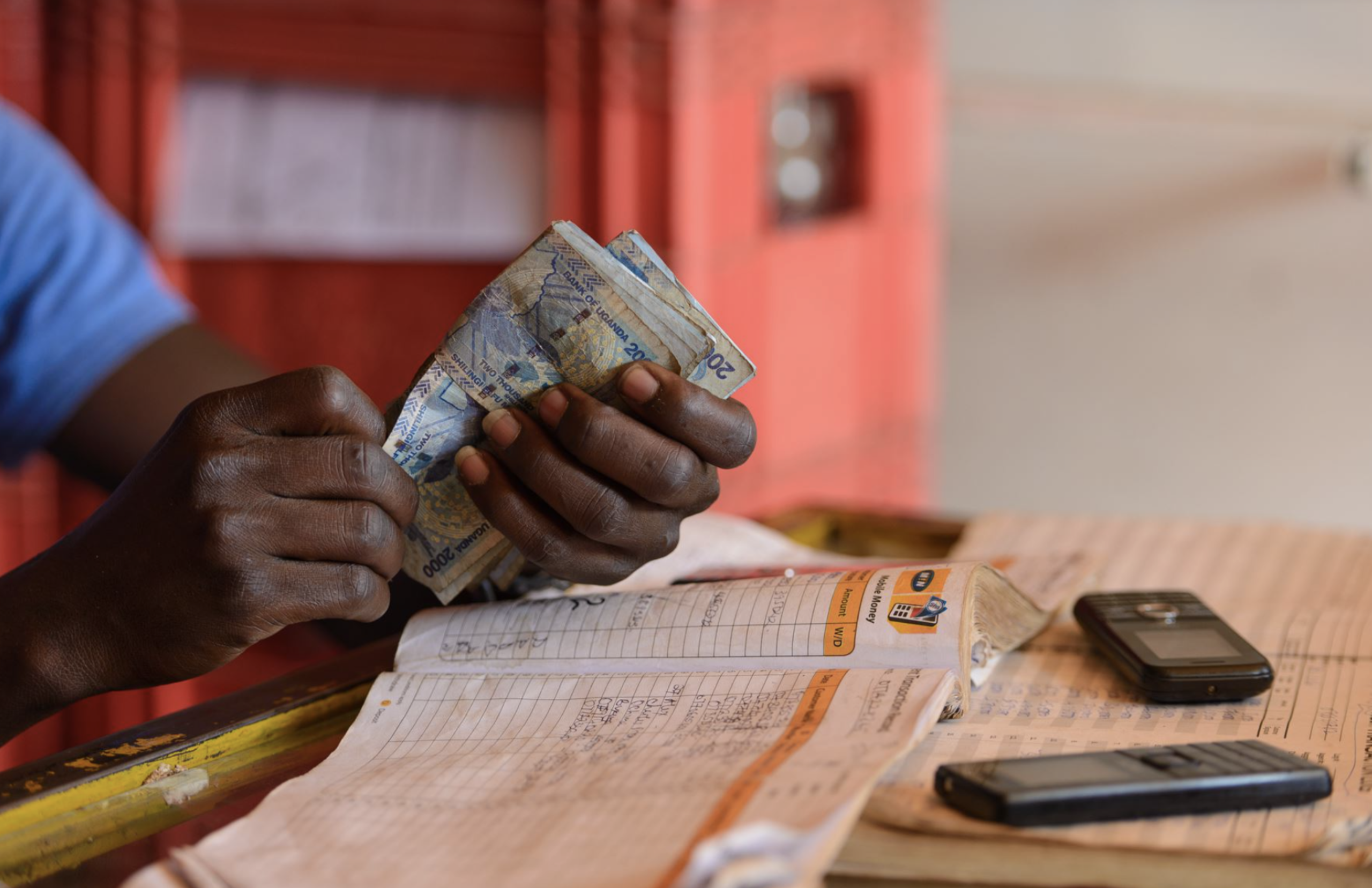Untold Stories from 15 Years of Mobile Money Data
Author:
Mike McCaffrey
East and Southern Africa Regional Manager
Tags

15 years ago, in March 2007, M-PESA was launched in Kenya. The service brought fame to mobile money globally, inspiring hundreds of other launches in almost 100 countries across the developing world. It also filled financial inclusion practitioners with hope as mobile money appeared to be the cost-effective solution to reaching low-income and rural people with improved financial services the community had been seeking.
The new data released by GSMA along with the 2022 State of the Industry Report, provides a great opportunity to reflect on how the industry has evolved, what has been learned, and what is still left to figure out after 15 years.
Overall, many common industry metrics such as the availability of services, the number of active agents and accounts continue to show growth, but not all of them. For most growth has been decelerating significantly, which may be signaling the end of an era. The exuberance around mobile money’s role in increasing financial inclusion has dissipated years ago from claims that it was reducing poverty directly to sobering studies that it may be weakly correlated at best. While it certainly has increased access to digital payments systems in selected countries around the world, that access has not translated into much usage in most countries, and even when mobile money platforms are used, it is hardly ever for anything beyond person-to-person (P2P) transactions, bill pay and airtime top-ups.
Further, this new data unveils some mysteries. One of the dominating narratives of the past couple years has been that a silver lining of the COVID-19 pandemic has been accelerated growth in the usage of digital finance, spurring new users to register for mobile money systems, and volumes of transactions to increase precipitously. However, the global data does not seem to support this narrative, poising further questions about the degree to which this actually happened.
While mobile money disrupted the payments sector in some developing countries, now it is itself a legacy system that is being eclipsed by technology first, fintech companies and more recently by new concepts like DeFi and stable coins. It feels like a smaller portion of the financial inclusion community is discussing it every year, and new research and insights on it seem rare. However, with M-PESA in Kenya continuing to innovate, Nigeria (2019) and Ethiopia (2021) launching new systems that could end up eclipsing everything that has come before them, and growing smartphone penetration is unlocking new opportunities, the story of mobile money continues to evolve and may not be over yet.
There are certainly more stories to tell about the mobile money industry, especially since significant mysteries remain around basic elements of the industry. P2P transfers are still the largest use case by value, but we have a limited understanding of the flows of money within this large category beyond the ‘send money home’ narrative, which is likely only a fraction of the usage. While agent networks are key to enabling access to mobile money, we do not know how many unique agent outlets there are in any country and therefore what balanced growth should look like to serve customer needs. Key efficiency metrics like activity ratios for customers and agents have remained stubbornly stuck for a decade and there is no shared understanding about why they have stopped improving. These mysteries are worth investigating.
Thus, UNCDF has authored a series of thought pieces on mobile money based on these datasets. The insights are aimed at clarifying perceptions around the growth, maturity, and the impact of the industry. Some of this data highlights questions to which UNCDF does not have the answers. And while we also continued to learn from our own implementation on the ground, we simultaneously seek to renew informed discussion in the financial inclusion community around these outstanding mobile money mysteries. Please contribute to the discussions on our social media channels so that we may all better understand the progress of the past, and the pathways for the future of mobile money and financial inclusion.
Reader’s Note: This article is part of a series which uses the last 15 years of mobile money to reflect on progress in the sector and gauge where we are in answering some of the big questions still being debated.
PLEASE READ THE OTHER ARTICLES IN THE SERIES HERE.